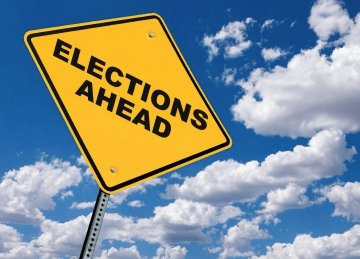
Progress made in Ghana’s banking industry post- Domestic Debt Exchange Programme (DDEP) could soon be reversed due to a consistent increase in Non-Performing Loans (NPLs).
The rate of bad loans has jumped from 18.7% to 24.1% as of June 2024, with only a marginal improvement in credit to the private sector.
What this means is that loans customers may not be able to repay to commercial banks have hit 24% on a year-on-year basis.
This development will hamper the provision of credit to the private sector in the coming months due to elevated risks to the funding squeeze and recovery of the banking industry
Although there were improvements in most of the core banking sector indicators, the industry faces a looming threat from deteriorating asset quality.
This is happening at a time when banks in the country are consistently rebounding in profits and adhering to the Bank of Ghana’s recapitalisation plans.
The main concern is how the substantial bad loans will affect the profitability of banks and the overall stability of the banking sector in the long run.
Banks must therefore begin working to improve their poor credit underwriting systems to reverse the rising trend of high non-performing loans.
More specifically on other indicators, private sector credit grew by 17.6% in June 2024, compared to 16.1% growth recorded for the same period in 2023 in nominal terms.
However, in real terms, the contraction in credit to the private sector moderated at 4.2% compared to a contraction of 18.5%recorded in June 2023.
When it comes to the Capital Adequacy Ratio without regulatory reliefs, it improved to 10.6% at the end of June this year from 7.4% a year ago, but remains below the pre-debt exchange levels.
With reliefs, the ratio held steady at 14.3 percent, providing a buffer against potential shocks.
Read Full Story
























Facebook
Twitter
Pinterest
Instagram
Google+
YouTube
LinkedIn
RSS